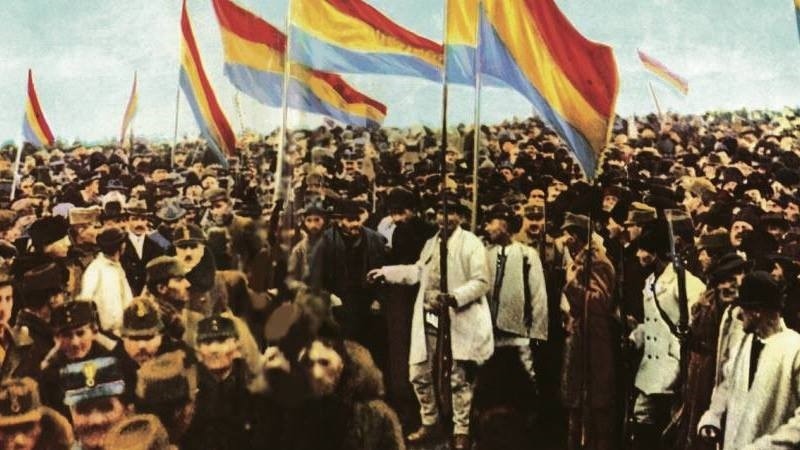The handling of the “Transylvanian question” exhibited the one-sided nature of implementing national self-determination. In the shadow of the WWI defeat, the Romanian minority leaders in the Hungarian Kingdom, who had long been seeking autonomy within it, made a radical move. On October 18th they announced their demand for complete “national freedom”, and later began to grasp power in Romanian majority regions through the aid of the Romanian national councils and national guards. On November 9th, the Romanian minority leaders expressed their requirements in the form of an ultimatum to the newly-formed, post-Aster-Revolution Hungarian government. They demanded administrative power in 26 eastern-Hungarian counties. Negotiations were held in Arad; Oszkár Jászi represented the Hungarian government and attempted to reason with Romanian leaders by explaining that these contested regions were actually quite diverse, with only a relative Romanian majority—but to no avail. Iuliu Maniu and his associates—with the support of the successfully mobilized Transylvanian Romanians and Romania—which recently reentered the war—announced that the autonomy granted by Jászi was not sufficient anymore: the Romanians must separate from Hungary.
See the whole article of Csaba Zahorán: Hungary Today






